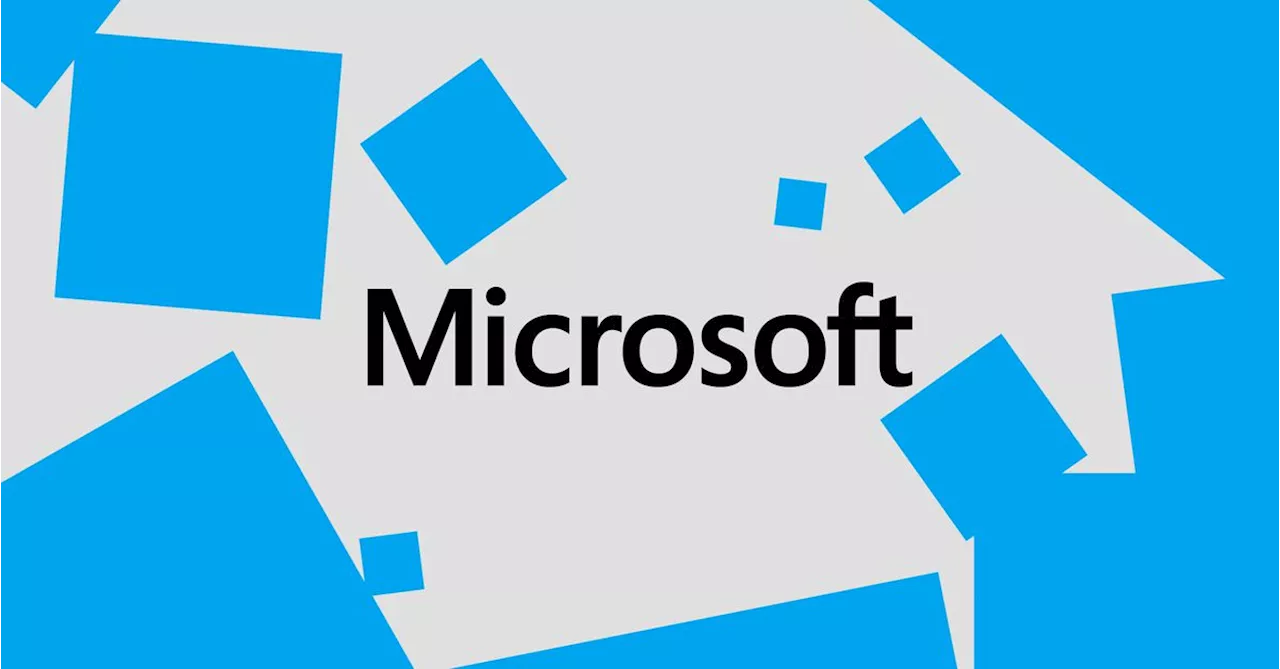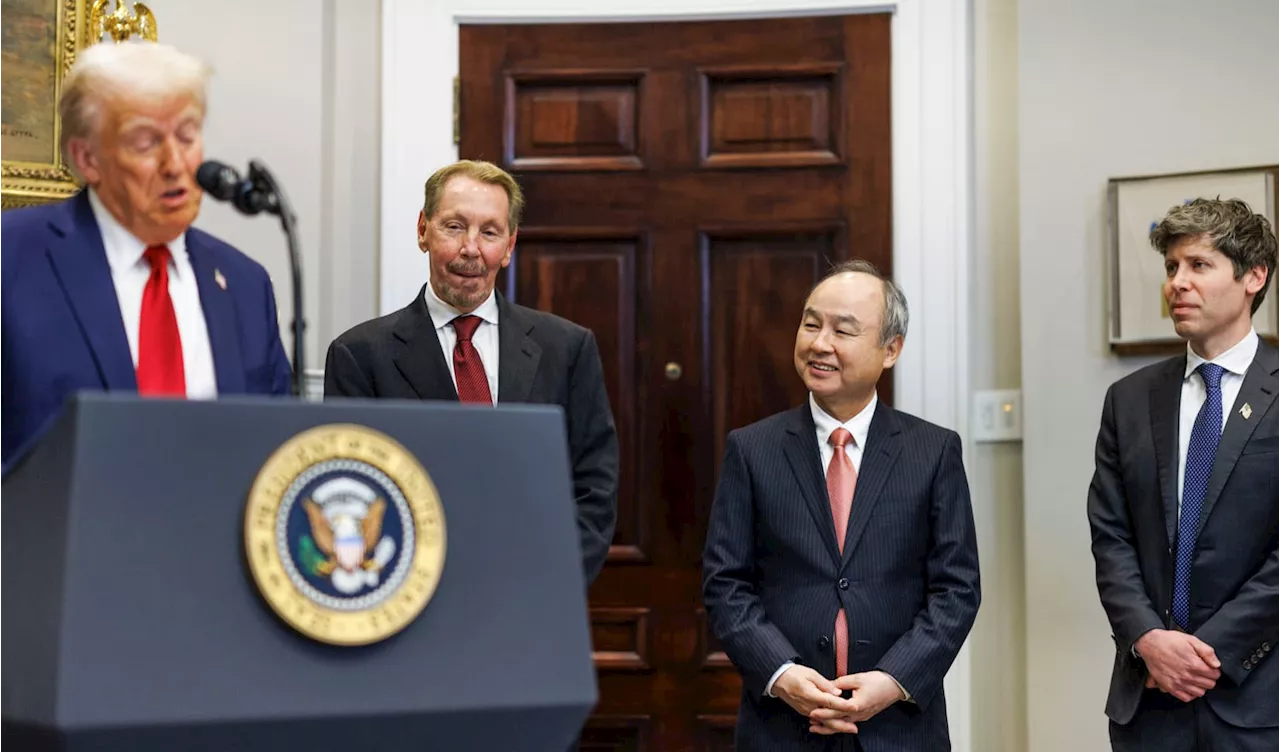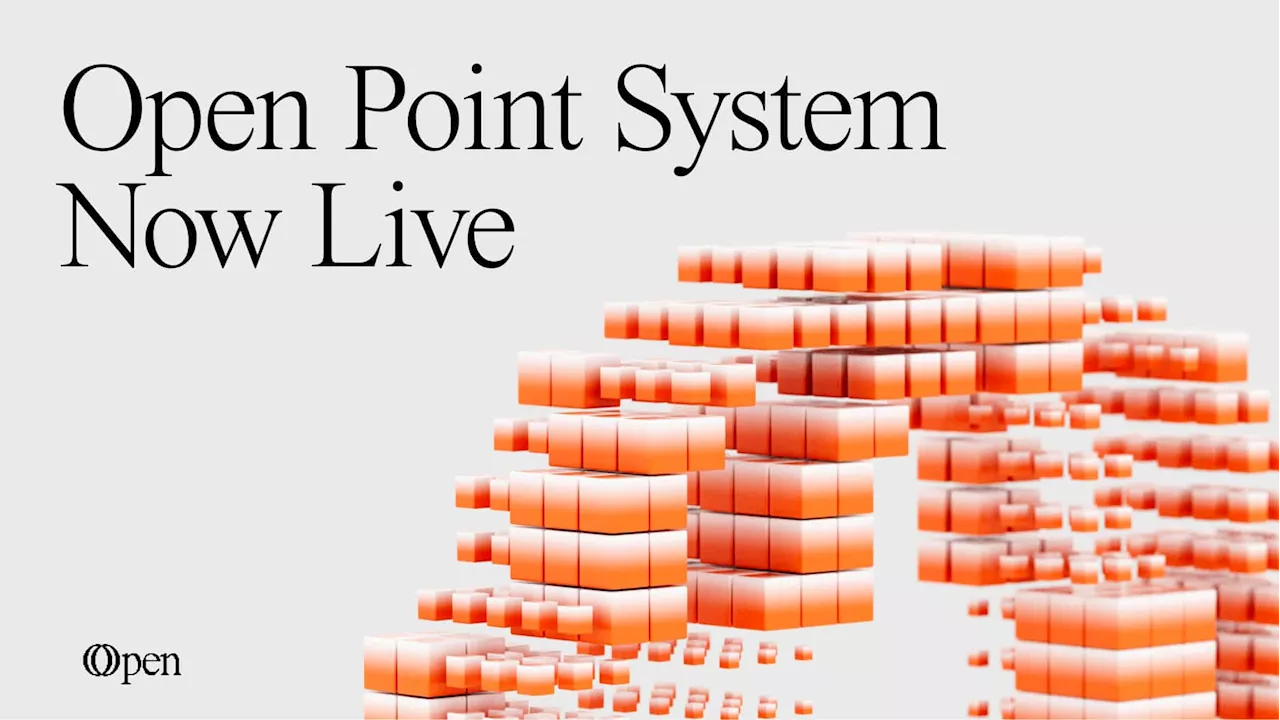The US export controls on advanced semiconductors, intended to slow China's AI progress, have unintentionally spurred innovation. DeepSeek, a Chinese AI company, has released its open-source DeepSeek-R1 model, which rivals OpenAI's performance and demonstrates China's commitment to transparency and global collaboration in AI development.
U.S. export controls on advanced semiconductors, initially aimed at curbing China 's progress in artificial intelligence (AI), may have inadvertently fueled innovation within the Chinese tech sector. Unable to solely rely on the latest hardware, Chinese companies, like Hangzhou-based DeepSeek, have been forced to develop innovative solutions. This strategy has led China to become a prominent provider of powerful, fully open-source AI models globally.
DeepSeek's recent release of its R1 model exemplifies this trend. Utilizing advanced techniques like pure reinforcement learning, DeepSeek-R1 not only ranks among the world's most formidable AI models but is also fully open-source, allowing anyone to scrutinize, modify, and build upon its foundation. DeepSeek-R1's performance rivals that of OpenAI's top reasoning models across a range of tasks, including mathematics, coding, and complex reasoning. For example, on the AIME 2024 mathematics benchmark, DeepSeek-R1 achieved a score of 79.8%, compared to OpenAI-o1's 79.2%. Similar performance differentials were observed on the MATH-500 benchmark and in coding tasks. Notably, DeepSeek accomplished these feats primarily through innovation rather than relying on cutting-edge hardware. They introduced MLA (multi-head latent attention), which significantly reduces memory usage compared to the widely used MHA (multi-head attention) architecture. Furthermore, DeepSeek created the DeepSeekMoESparse structure, employing a 'Mixture-of-Experts' approach to activate only necessary model components, saving computational power and costs. DeepSeek-R1's architecture boasts 671 billion parameters, but only 37 billion are active during operation, demonstrating remarkable computational efficiency. DeepSeek's commitment to transparency is evident in their comprehensive technical report published on GitHub, detailing the model's architecture and training process. The accompanying open-source code allows researchers to fully understand and replicate DeepSeek-R1's design. This open approach has sparked an inference price war in China, with DeepSeek charging a fraction of what OpenAI-o1 costs for API usage. This dramatic cost reduction has the potential to democratize access to advanced AI capabilities, empowering smaller organizations and individual researchers who previously couldn't afford such powerful tools. DeepSeek's founder, Liang Wenfeng, a prominent quantitative investor, has warned OpenAI that closed-source advantages are fleeting in the face of disruptive technologies. DeepSeek exemplifies a growing trend of Chinese companies contributing to the global open-source AI movement, challenging the perception of China's tech sector solely focused on imitation
AI Open Source Deepseek China Innovation Openai Semiconductors US Export Controls Global AI Development
South Africa Latest News, South Africa Headlines
Similar News:You can also read news stories similar to this one that we have collected from other news sources.
 Microsoft and OpenAI Adjust Partnership, Allowing OpenAI Access to Competitors' ComputeMicrosoft and OpenAI have modified their partnership to enable OpenAI to utilize compute resources from other providers. This change addresses concerns about OpenAI's access to sufficient computing power and reflects the evolving landscape of AI development.
Microsoft and OpenAI Adjust Partnership, Allowing OpenAI Access to Competitors' ComputeMicrosoft and OpenAI have modified their partnership to enable OpenAI to utilize compute resources from other providers. This change addresses concerns about OpenAI's access to sufficient computing power and reflects the evolving landscape of AI development.
Read more »
 Microsoft Gets Right of First Refusal for OpenAI's Computing NeedsMicrosoft has secured the 'right of first refusal' when OpenAI requests additional computing capacity, marking a shift in their partnership. This change was revealed alongside President Donald Trump's announcement of the Stargate Project, a joint venture involving OpenAI, Oracle, and SoftBank. While SoftBank, OpenAI's principal cloud partner, is no longer the exclusive provider of computing resources, Microsoft remains in a favorable position. OpenAI will continue to increase its Azure consumption, with Microsoft stating that OpenAI recently made a 'new, large Azure commitment' for products and model training.
Microsoft Gets Right of First Refusal for OpenAI's Computing NeedsMicrosoft has secured the 'right of first refusal' when OpenAI requests additional computing capacity, marking a shift in their partnership. This change was revealed alongside President Donald Trump's announcement of the Stargate Project, a joint venture involving OpenAI, Oracle, and SoftBank. While SoftBank, OpenAI's principal cloud partner, is no longer the exclusive provider of computing resources, Microsoft remains in a favorable position. OpenAI will continue to increase its Azure consumption, with Microsoft stating that OpenAI recently made a 'new, large Azure commitment' for products and model training.
Read more »
 Microsoft Looking to Pursue an Open Relationship With OpenAIMicrosoft incubated OpenAI, but the relationship may be turning cold.
Microsoft Looking to Pursue an Open Relationship With OpenAIMicrosoft incubated OpenAI, but the relationship may be turning cold.
Read more »
 OpenAI's Lehane Urges US to 'Win' AI Race Against ChinaOpenAI's Chris Lehane warns of America's shrinking lead in artificial intelligence, urging the US to 'absolutely' win the race against China. During an appearance on 'Varney & Co.', Lehane highlighted OpenAI's new economic blueprint and policy proposals aimed at securing America's technological dominance. The blueprint focuses on national security, the role of states in maximizing AI benefits, and crucial infrastructure investment.
OpenAI's Lehane Urges US to 'Win' AI Race Against ChinaOpenAI's Chris Lehane warns of America's shrinking lead in artificial intelligence, urging the US to 'absolutely' win the race against China. During an appearance on 'Varney & Co.', Lehane highlighted OpenAI's new economic blueprint and policy proposals aimed at securing America's technological dominance. The blueprint focuses on national security, the role of states in maximizing AI benefits, and crucial infrastructure investment.
Read more »
 Open Ecosystem Rewards Users with $OPEN PointsThe Open ecosystem is introducing a new reward system that gives users $OPEN points for interacting with select projects. The first batch of eligible projects includes AISweat.Shop, Overlord.bot, Gameboi.ai, and OpenDeSci Platform. The Open Virtual Machine (OVM) powers these projects, enabling advanced computations like AI training and scientific simulations.
Open Ecosystem Rewards Users with $OPEN PointsThe Open ecosystem is introducing a new reward system that gives users $OPEN points for interacting with select projects. The first batch of eligible projects includes AISweat.Shop, Overlord.bot, Gameboi.ai, and OpenDeSci Platform. The Open Virtual Machine (OVM) powers these projects, enabling advanced computations like AI training and scientific simulations.
Read more »
 The People's Open: All You Need to Know About the 2025 WM Phoenix OpenGet ready for the People's Open! This guide covers everything you need to know about the 2025 WM Phoenix Open, including parking, ticket prices, free days, concert details, and the Coors Light Birds Nest lineup.
The People's Open: All You Need to Know About the 2025 WM Phoenix OpenGet ready for the People's Open! This guide covers everything you need to know about the 2025 WM Phoenix Open, including parking, ticket prices, free days, concert details, and the Coors Light Birds Nest lineup.
Read more »
